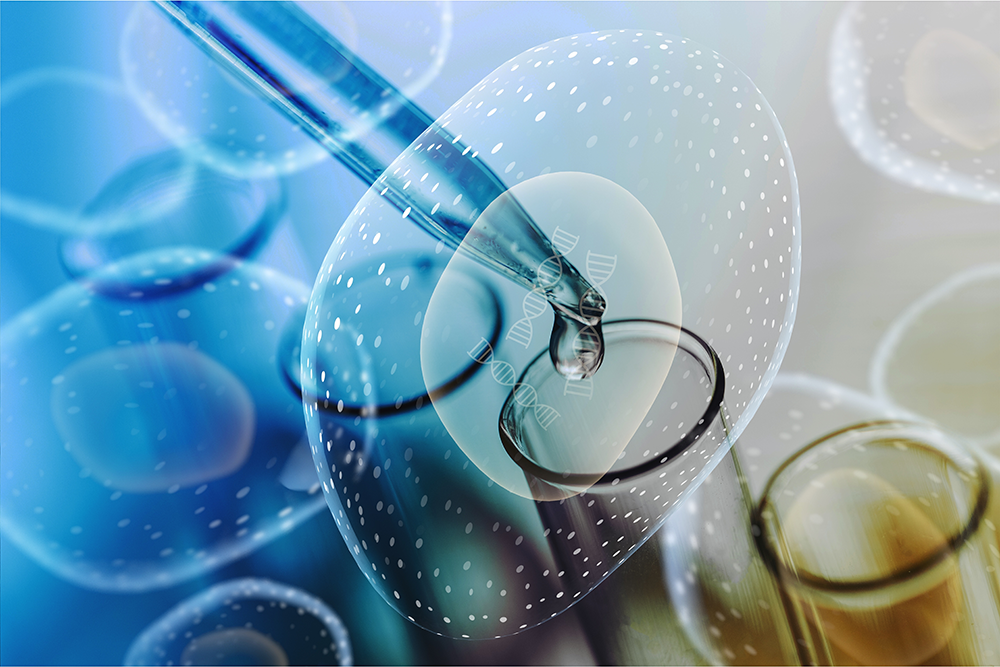Introduction
In modern drug development, understanding how a drug interacts with its intended target—and what else it might affect—is just as critical as discovering the molecule itself. This is where chemoproteomics factors in, offering the ability to map small molecule–protein interactions across the entire proteome. These insights are invaluable for evaluating efficacy, off-target interactions, and mechanisms of action early in development.
But to make chemoproteomics scalable, reliable, and actionable, researchers need technologies that combine deep proteome coverage with high-throughput capability. The combination of iST sample preparation and liquid chromatography–mass spectrometry (LC–MS) is making this possible.
Challenge: High-Throughput Screening in Complex Cellular Environments
Performing drug–target engagement screening within the complexity of living cells poses multiple challenges:
● Dynamic proteomes: Intracellular environments are constantly changing and diverse.
● Sample prep complexity: Traditional proteomics workflows are time-intensive and error-prone.
● Low throughput: Manual sample handling limits the number of compounds or conditions that can be screened.
● Variability and data loss: Each processing step increases the chance of peptide loss or contamination.
To meet the demands of chemoproteomics, workflows must become faster, more reproducible, and fully automatable.
Solution: iST and LC–MS — A High-Performance Duo for Chemoproteomics
At the heart of high-throughput chemoproteomic screening is a reliable, streamlined sample preparation process. PreOmics®’s iST technology simplifies and standardizes the transformation of complex biological samples into LC-MS-ready peptides with:
● Integrated lysis, digestion, and cleanup
● Minimal sample handling, reducing variability and loss
● Compatibility with automation platforms for true high-throughput processing
● High reproducibility and data quality across large studies
Combining iST sample separation with LC–MS-based analysis enables researchers to quickly and accurately map a drug’s full interactome—revealing both on- and off-target interactions across complex biological systems.
Key Benefits of iST + LC–MS in Chemoproteomics
● High-efficiency workflows compatible with 96-well formats
● Reduced processing time without sacrificing depth or data quality
● Cleaner, reproducible samples with fewer contaminants
● Scalable automation to meet HTS and large-cohort study demands
Application: Advancing Drug–Target Engagement Studies at Scale
Automated High-Throughput Affinity Capture–Mass Spectrometry
In a recent study, researchers used biotinylated probes and streptavidin magnetic beads in a 96-well format to enrich target proteins. iST technology was integrated into this workflow to reduce both manual and total prep time. This fully automated approach delivered:
● Greater sensitivity in detecting drug–protein interactions
● Improved reproducibility across plates and replicates
● A scalable platform for high-throughput target engagement screening
Photoproximity Labeling from Single Catalyst Sites
Another cutting-edge study employed photocatalytic carbene labeling to map protein–protein interactions around cell-surface drug targets. By attaching a single photocatalyst to a monoclonal antibody, researchers achieved high-resolution spatial mapping of interactors.
Using iST for sample prep ensured that:
● Sample processing remained consistent across conditions
● Downstream LC–MS data quality methigh-resolution standards
● Novel interaction partners were identified with confidence
These applications highlight how iST supports chemoproteomics studies ranging from small molecule screening to complex interactome mapping—with speed and precision.
Conclusion: Enabling Precision Drug Discovery Through Chemoproteomics
The future of drug discovery depends on knowing precisely how a drug interacts with proteins in living cells. Chemoproteomics, powered by the combination of iST sample preparation and LC–MS analysis, delivers this insight—rapidly, reliably, and at scale.
With these technologies, scientists can:
● Profile drug–target interactions across entire proteomes
● Identify off-target interactions early in development
● Reduce false leads and accelerate hit-to-lead optimization
● Personalize treatments by mapping drug engagement in patient-derived cells
As chemoproteomics becomes a core part of precision medicine, PreOmics® technologies are empowering researchers to translate molecular interactions into therapeutic breakthroughs.
References
1. Geyer, P. E. et al. “Automated Plasma Proteomic Sample Preparation.” Agilent Application Note.
2. Jing, H. et al. “Automated High-Throughput Affinity Capture–Mass Spectrometry Platform with Data-Independent Acquisition.” Journal of Proteome Research, 2025.
3. Bartholow, T. G. et al. “Photoproximity Labeling from Single Catalyst Sites Allows Calibration and Increased Resolution for Carbene Labeling of Protein Partners In Vitro and on Cells” ACS Central Science, 2024.



.webp)








